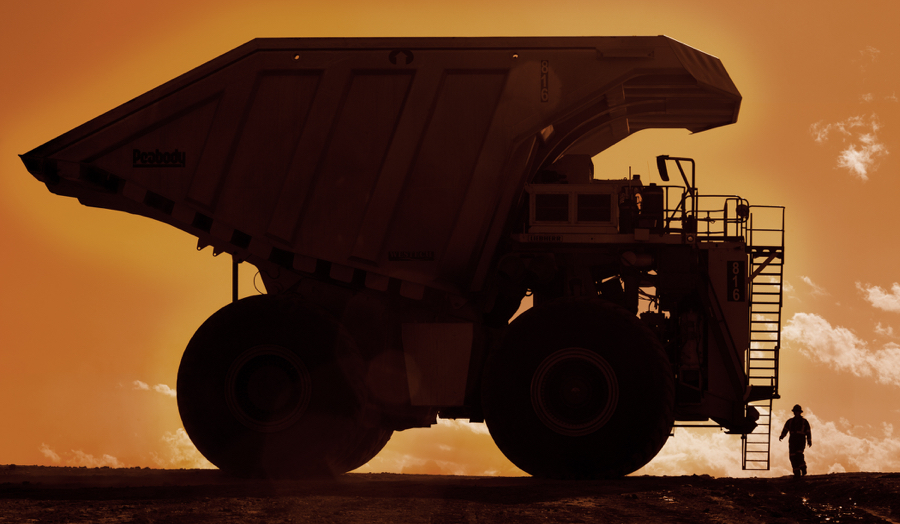Lenders throw a lifeline to bankrupt Peabody Energy

Peabody Energy (NYSE:BTU), the world’s largest privately owned coal producer, said Wednesday its debtor-in-possession lenders have approved its five-year business plan, which aims to help the miner emerge from bankruptcy.
The St. Louis-based company, which traces its history back to 1883, filed for bankruptcy protection in April after dramatically low coal prices paired with falling demand from China left it unable to service its $10.1bn debt, which it accumulated mostly due to its expansion in Australia.
The coal giant also said it would review its assets in Australia to run a smaller but “more profitable” basis.
The company, which has 29 mines the US and Australia and operations in India, China, Germany and elsewhere, said it was aiming for total annual sales of 194 million to 197 million tonnes between 2018 and 2021, up from an expected 168 million tonnes in 2016. Revenue over the period is expected to be $4.4 billion to 4.6 billion.
It also said it would review its assets in Australia to run a “smaller but more profitable” basis.
Coal miners in the US have been particularly hard hit by power plants substituting with natural gas. According to a report by the US Energy Information Administration 2016 will be the first year that natural gas overtakes coal as the largest energy source in the US.
Between 2000 and 2008, coal was significantly less expensive than natural gas, and coal supplied about 50% of total US generation, but that will fall to less than a third in 2016.
US coal production fell to 900 million short tons in 2015, according to data from the Energy Information Administration, a 10% decline on the previous year.
{{ commodity.name }}
{{ post.title }}
{{ post.date }}




Comments